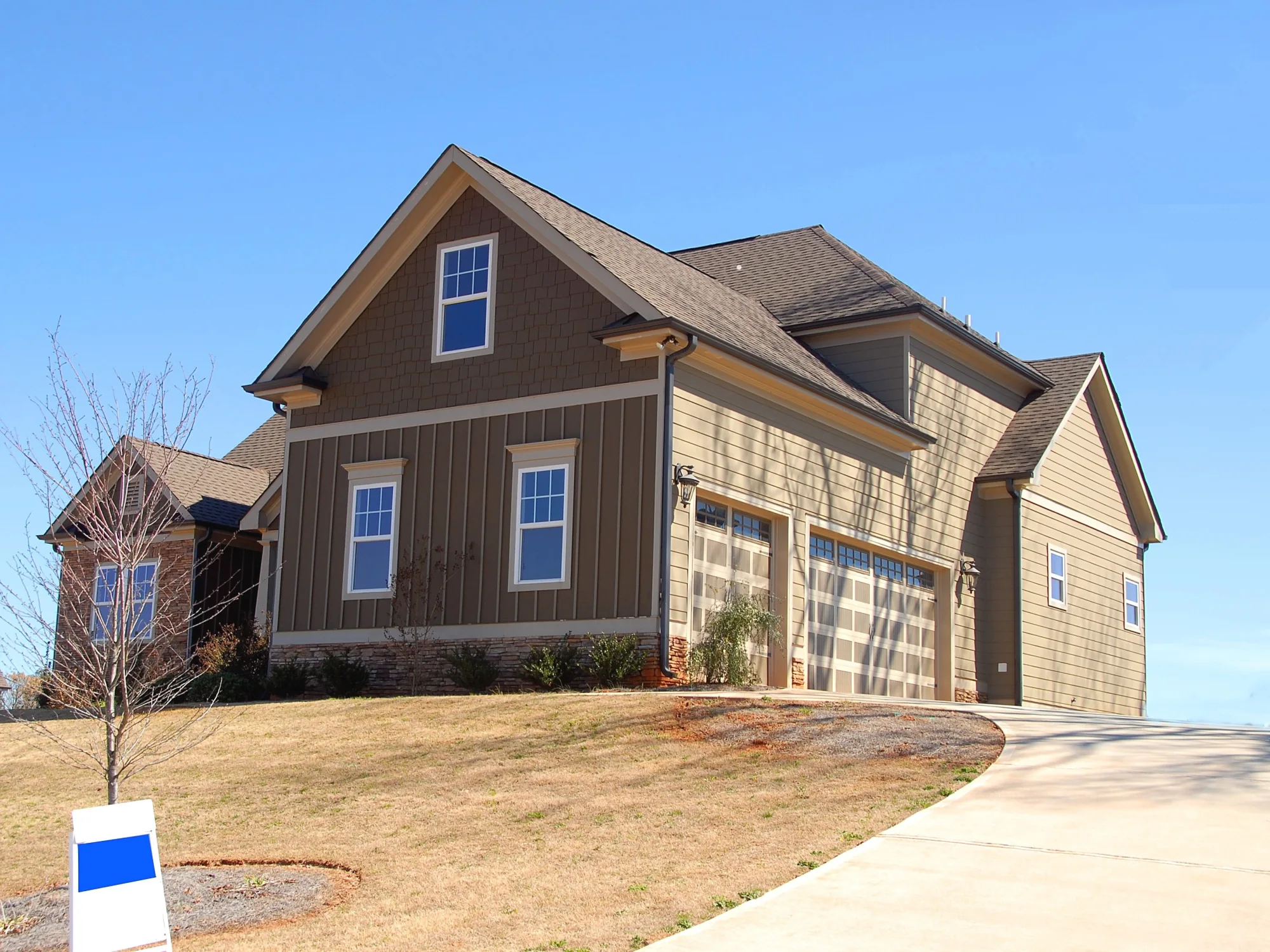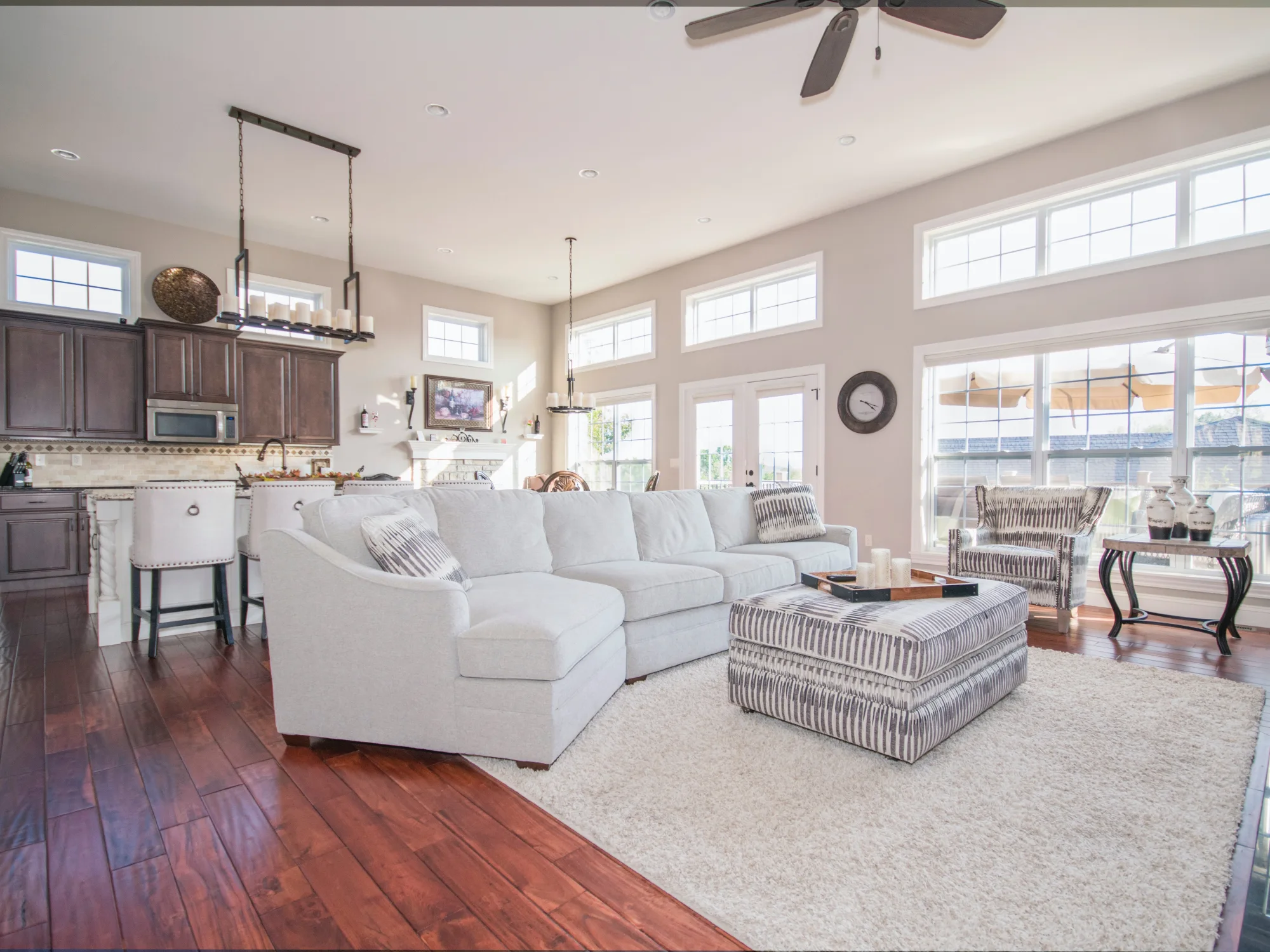Written by Corey A Thrush
It’s that time again… the paint on the exterior of your home has finally begun to flake, chip, and peel… but you just had this done four years ago, you say, and it is already time to get the pocketbook back out! Did you know, that based on the size of an average home, a home will need to be repainted or stained every four years? And let’s face facts, that comes with a big expense! Can you believe that the average cost to repaint or stain a home cost roughly $6,000? So basically, in a roundabout way, you need to put back around $1,250 each year to be prepared for when the time comes to paint or stain your home.
Now there is a solution… vinyl siding! Yes, you read that correct. Vinyl siding…. As well as engineered wood siding! Now to some homeowners, who may roll their eyes when the two words…. “vinyl siding”…. are mentioned, it’s time to drop that negative attitude, quit thinking about the reputation this product may have had in the past and look at it now. Just like any product, kinks and flaws work themselves out over time and that is true when it comes to the vinyl siding industry.
I’m sure we have all seen rows of new construction homes where it looks like the siding is waving at you as you drive by them and you think to yourself “Wow”. Trust me, even being in this industry, I certainly have! This modern day phenomenon is referred to as “oil canning”. Now it’s not necessarily the products fault that causes this unsightly phenomenon to occur. It’s actually a product of many elements that come into play, including the installation of the product, as well as framing of the home and even the thickness of the siding. There are different thicknesses and grades of vinyl siding, with .035 being the industry minimum and builders’ grade, continuing up to a premium panel which has an.055. thickness.
As I noted earlier, like any home improvement product, installation is a key factor when it comes to the appearance and curb appeal. Vinyl siding is not meant to be hung tight or snug to the wall or furring strips. It is meant to be installed with approximately 1/16th to 1/32nd of an inch between the fastener head and the nail flange (approximately the thickness of a dime) to allow for expansion and contraction to take place. The reason why this is important is because vinyl siding is a slow conductor. During the summer months expansion occurs due to the heat, as well as direct sunlight, and during the winter months the vinyl will contract. When vinyl siding is installed accordingly to the manufacturers installation instructions on a suitably framed wall, there should not be any discrepancies with the panels, whatsoever…. Unless you don’t like the color you picked.
Well I’m getting close to that 500 word mark, so you know what the means! Hopefully this has been a fun quick read for ya’ and provided you with a little insight on vinyl siding. So next time you are driving down the road and you see the mysterious phenomena happening to a home’s siding, just remember…. It’s most likely not the products fault!








